Stories
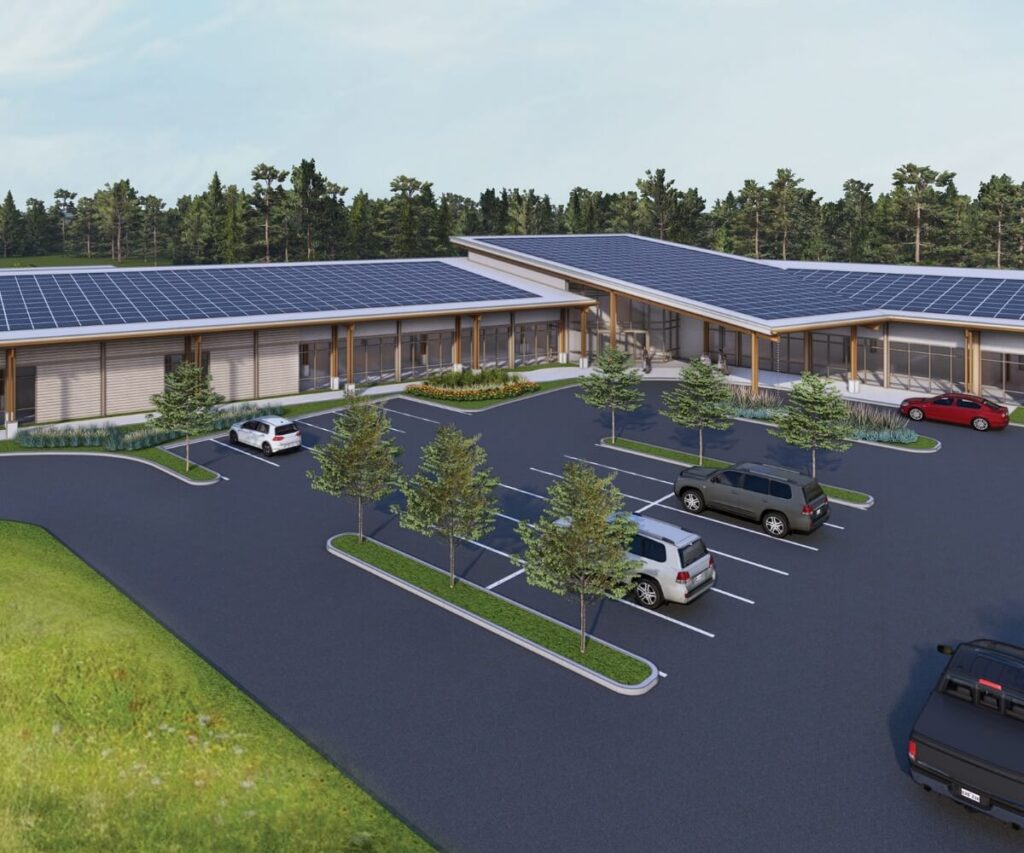
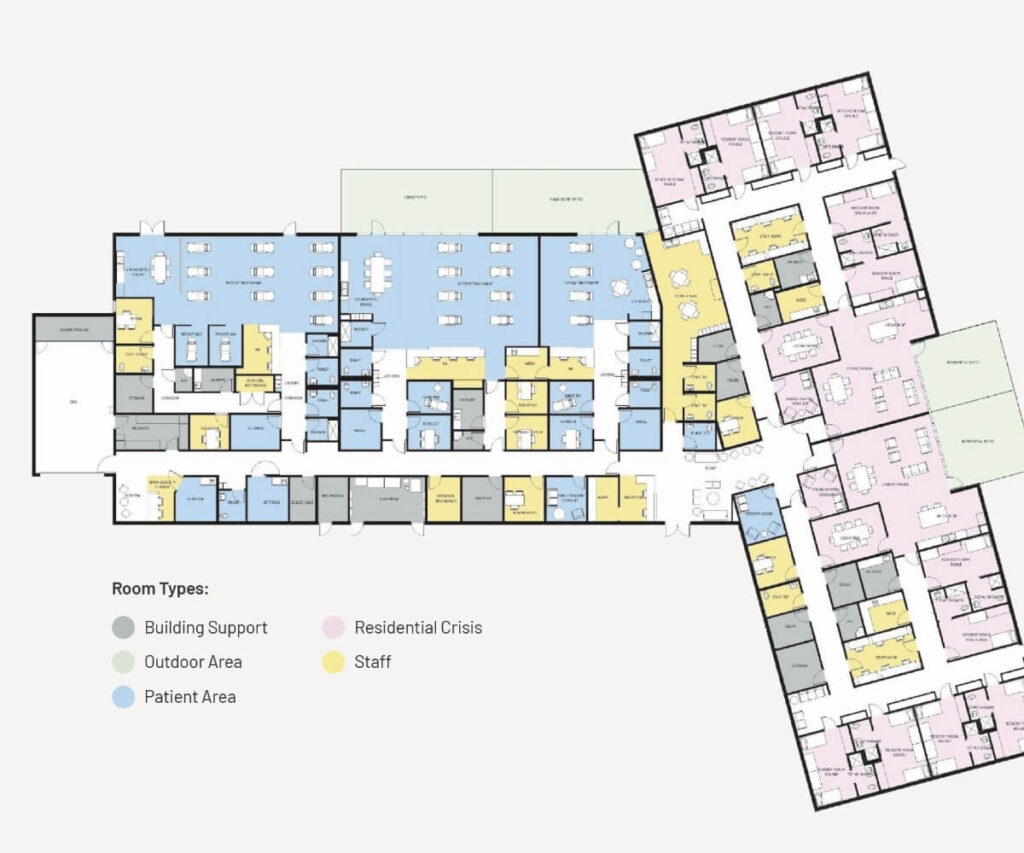
From Crisis to Collaboration
Providence’s $2 million commitment will help build groundbreaking 43-bed Behavioral Health Crisis Triage Center
In Humboldt County, a perfect storm was brewing in hospital emergency rooms. Police officers were bringing people experiencing mental health crises to Providence St. Joseph Hospital emergency department, where they would wait for hours or even weeks on psychiatric holds. The environment was all wrong: loud, chaotic and with medical staff trained for physical emergencies suddenly caring for patients they weren’t equipped to help.
“It’s not a therapeutic spot,” explains Connie Stewart, executive director of initiatives at Cal Poly Humboldt, who has been coordinating the community response. “People were being left there without a pathway to care.”
The situation was taking a toll on everyone involved. Emergency department staff, trained to save lives in medical crises, felt frustrated and helpless when faced with behavioral health emergencies they couldn’t properly address. Some patients, delayed in receiving appropriate care, became violent, creating safety concerns.
Meanwhile, the community’s only psychiatric facility, Sempervirens, operated in a 100-year-old building with only 14 beds.
“One of the biggest limitations, aside from the age of the facility, was that once a minor is admitted, half of the facility has to shut down because they can’t have minors and adults in the same space,” said Martha Shanahan, director, Community Health.
But from this crisis emerged an inspiring example of what communities can accomplish when they work together.
Rather than simply asking, “How do we get these people out of the emergency room?” local leaders reframed the question: “How do we address people and families who are having an acute crisis with dignity?”
“Providence leadership came together and agreed that we had to protect our emergency department caregivers from potential violence and find a solution to help our community members get the right care at the right time in the right setting,” Martha says.
A vision for comprehensive care
The answer became the Behavioral Health Crisis Triage Center — a groundbreaking 43-bed facility on the Mad River Hospital campus in Arcata, expected to open by early 2027. This won’t be just another treatment center; it’s planned as a carefully designed continuum of care that meets people wherever they are in their crisis.
When completed, the Behavioral Health Crisis Triage Center will include:
- 12 crisis stabilization unit beds — six for adults and six for children and youth
- Nine mental health crisis residential beds for those requiring longer-term stabilization
- 10 crisis residential beds for those with a dual diagnosis of substance use disorder and mental health
- 12 sobering cots for immediate medical supervision while substances clear their system
Meeting people where they are
Services will span the full spectrum of clinical needs, with stays ranging from less than 24 hours for crisis intervention to 90 days for comprehensive residential treatment. Each person’s journey will include careful discharge planning that bridges to ongoing outpatient behavioral health services, social services and housing resources—addressing the root causes that often contribute to crisis situations.
The center is being designed to welcome people, regardless of how they arrive. From individuals who come on their own to those brought by local law enforcement, emergency medical services, mental health outreach teams, clinicians, peers or worried family members, all will enter a calm space built for confidentiality and dignity.
An unprecedented partnership
The project represents an unprecedented collaboration. The state of California provided $12 million through its Behavioral Health Community Infrastructure Program. Humboldt County contributed $3 million in matching funds. When the project still needed $5 million more, Providence stepped forward with $2 million from the Care for the Poor funds, a specific fund set aside for Community Health projects. Local foundations and community partners continue to pledge support and Connie expects to close the rest of the funding gap soon.
“It really is all hands,” Connie says of the partnership between hospitals, county government, Cal Poly Humboldt and community leaders. “Out of that frustration and anger came this amazing partnership.”
Beyond providing immediate relief to overwhelmed emergency rooms, the center represents something deeper: a community’s commitment to treating its most vulnerable members with compassion and dignity, recognizing that recovery is possible when people receive appropriate care in environments designed for healing.
“People need to know that you can recover from a behavioral health crisis,” Connie says. “It’s only hopeless if we don’t provide the kind of care that people need. It’s incredible for Providence to be part of the partnership to design the solution.”
“This crisis center represents everything Providence stands for: caring for our most vulnerable community members with dignity and compassion,” says Michael Keleman, chief executive, Providence Humboldt. “This isn’t just a Providence project or a county project — it’s proof of what we can accomplish when our entire community comes together around a shared mission of healing.”
More Stories





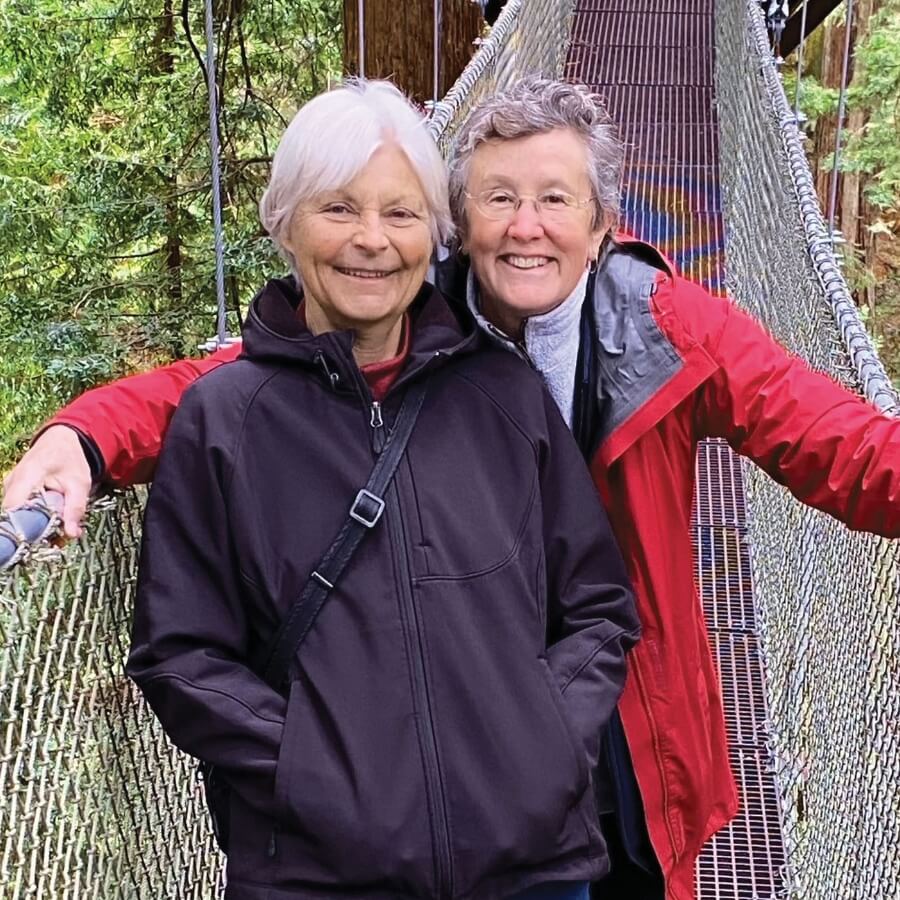


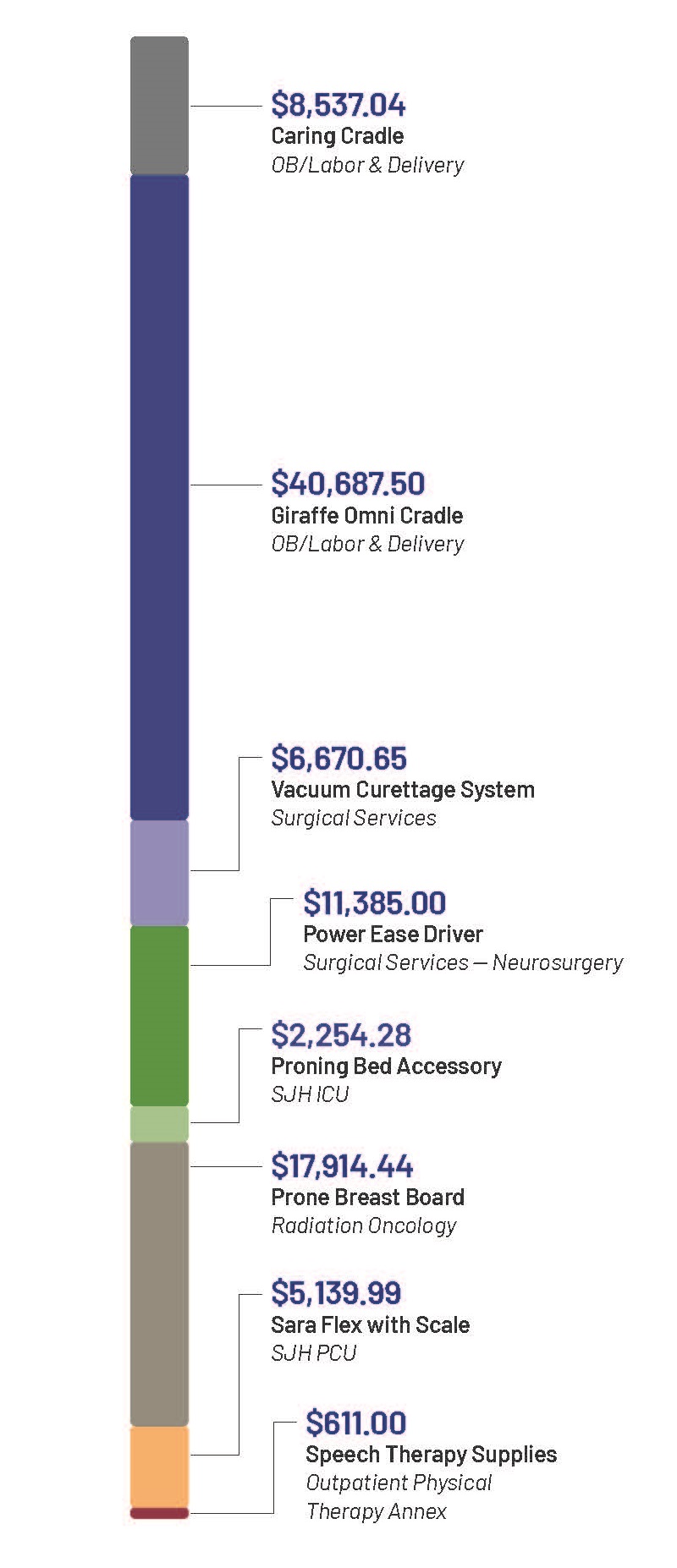
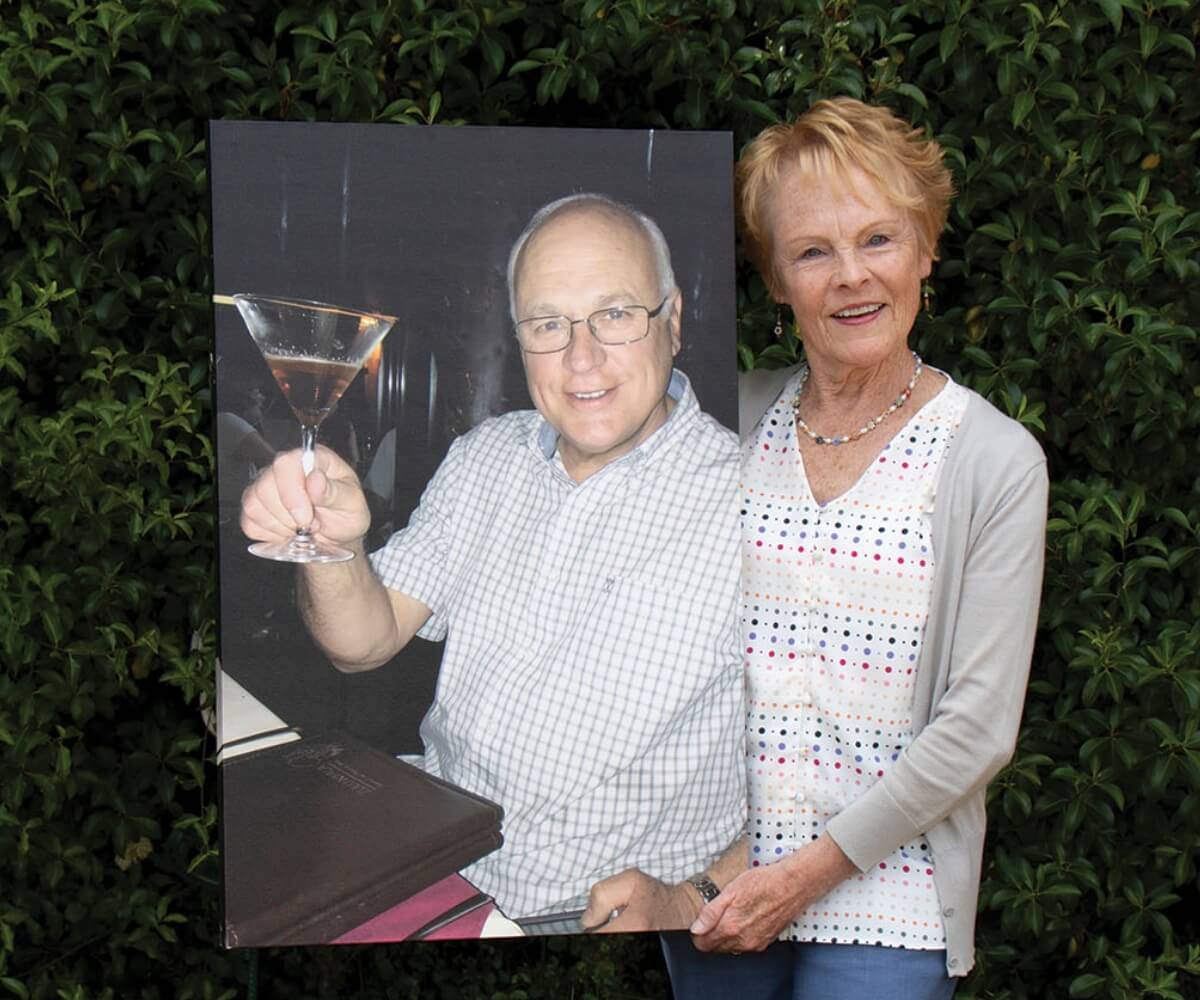

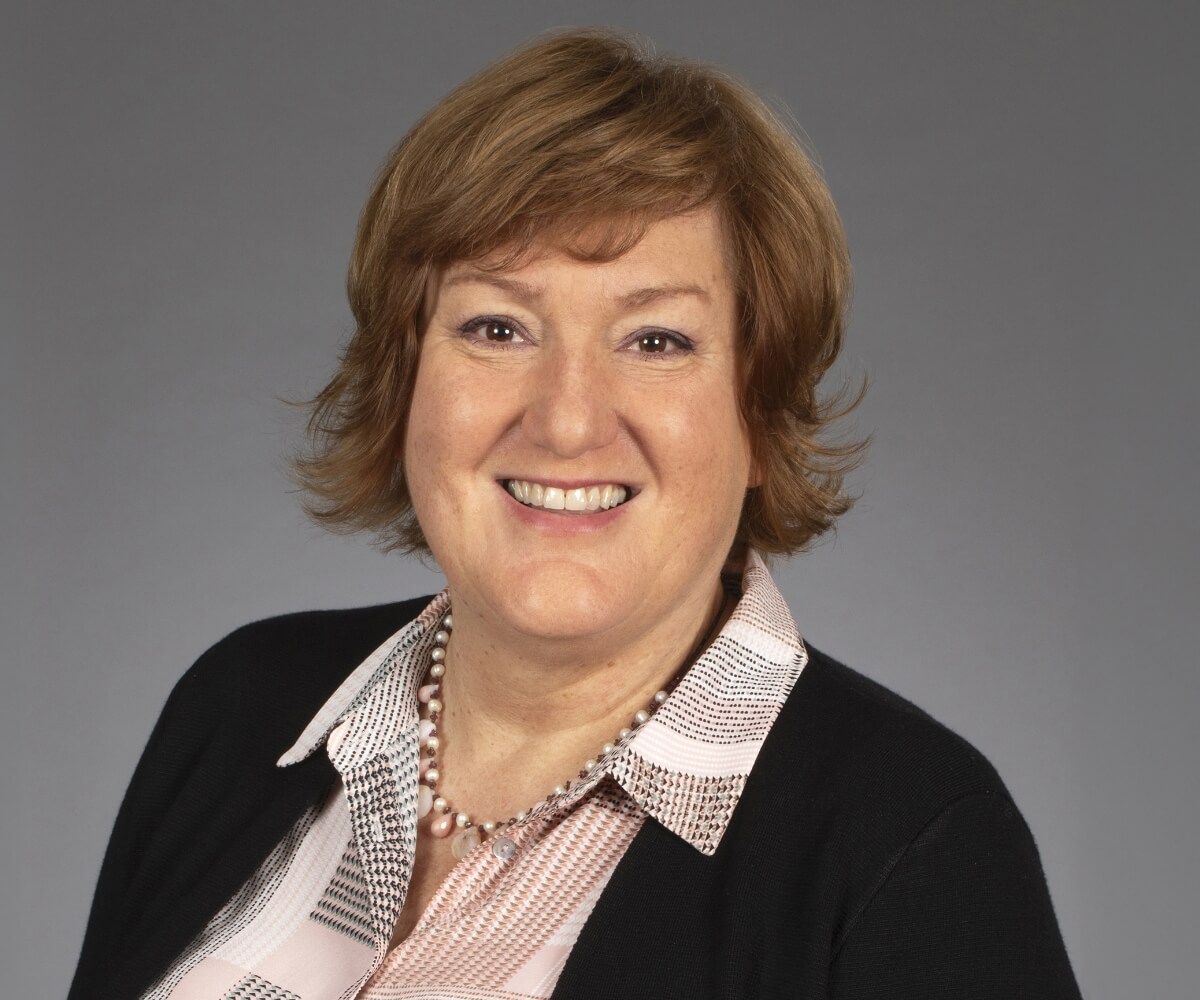
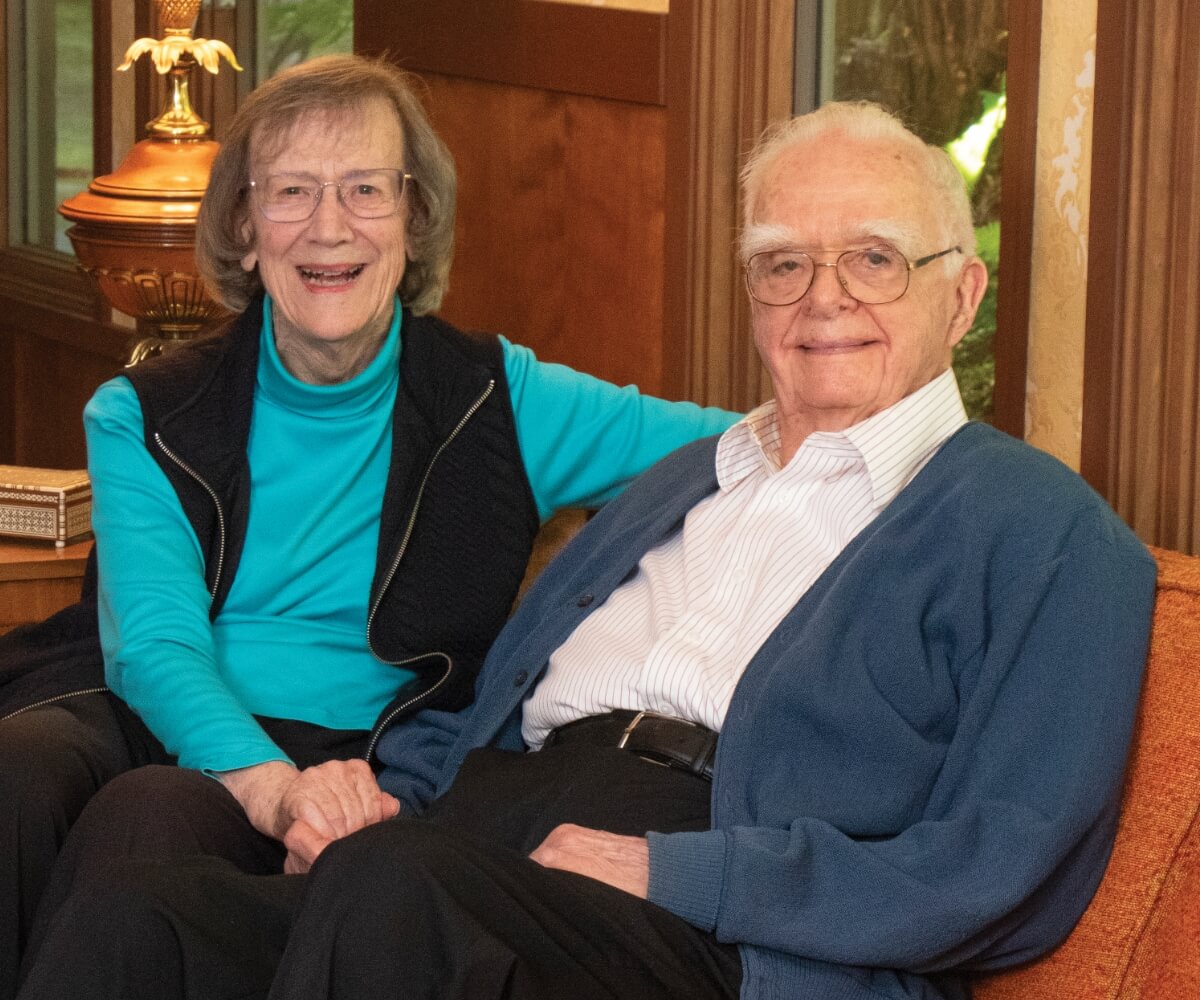


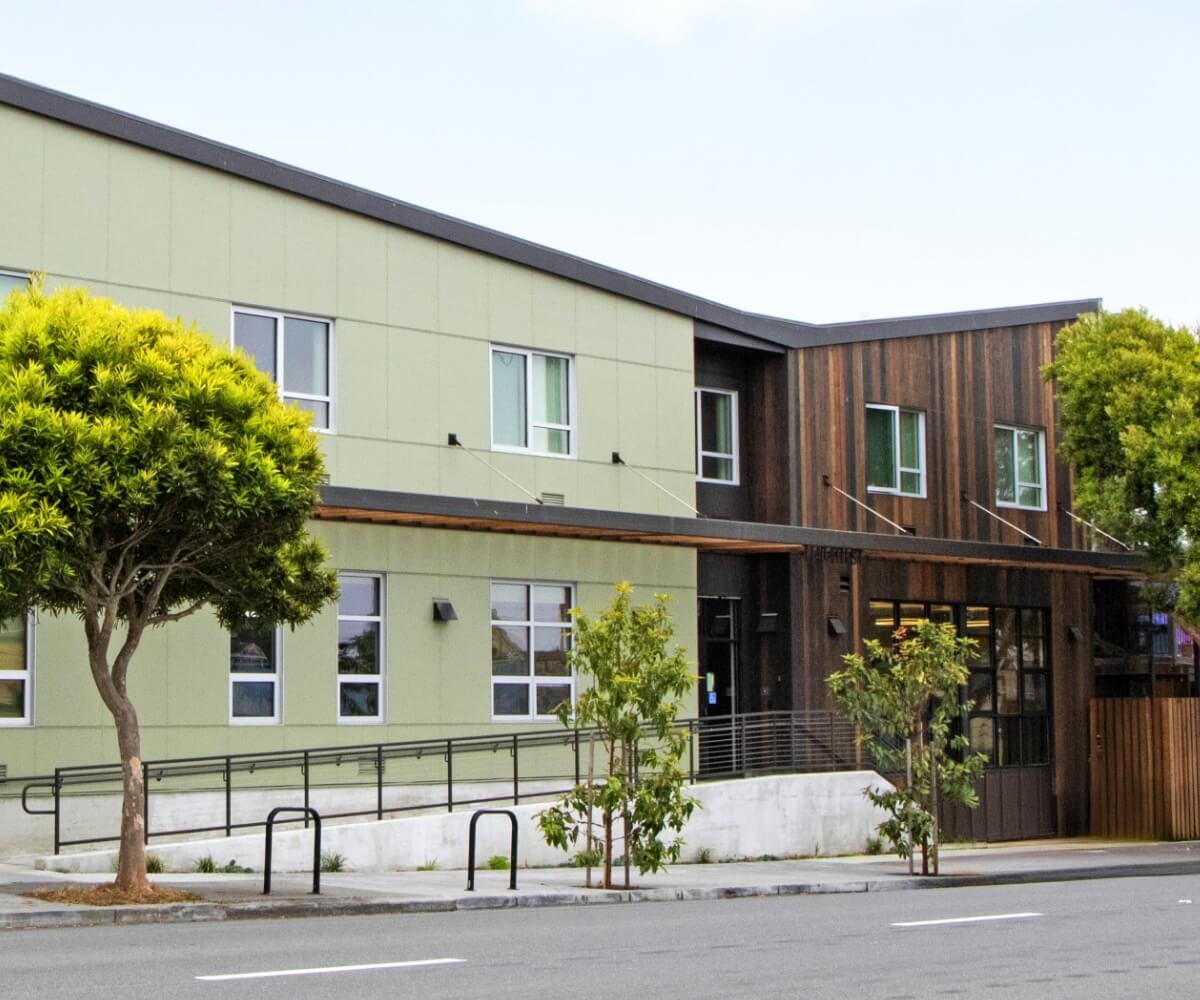

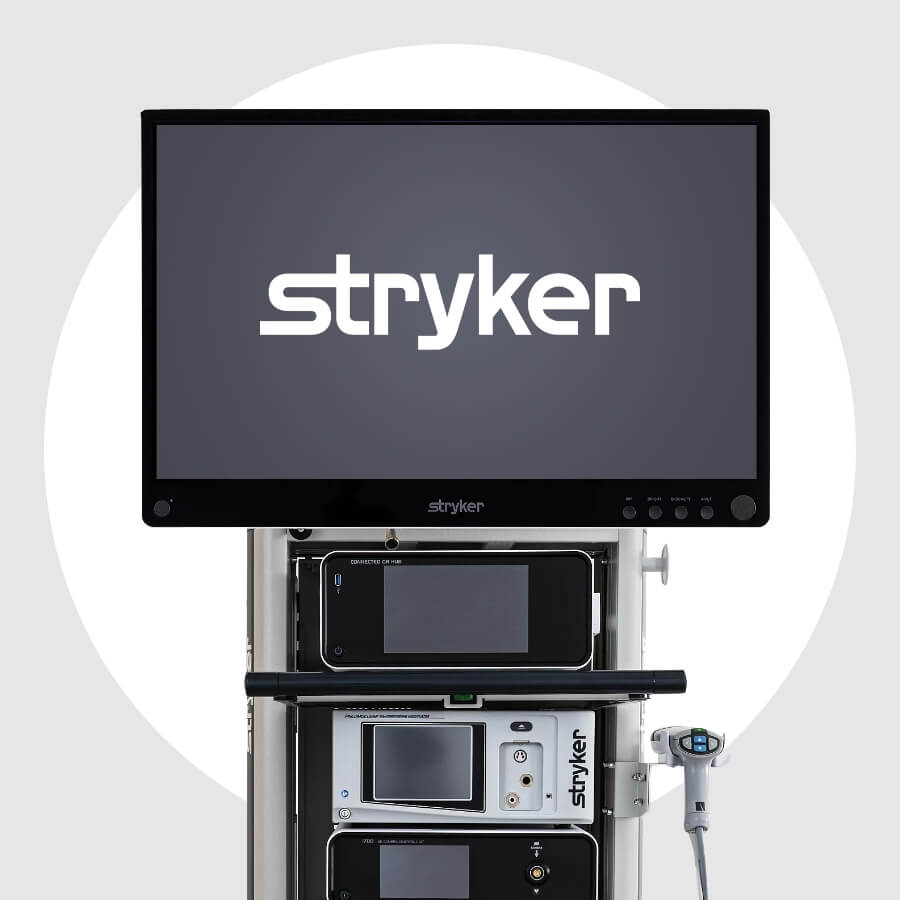
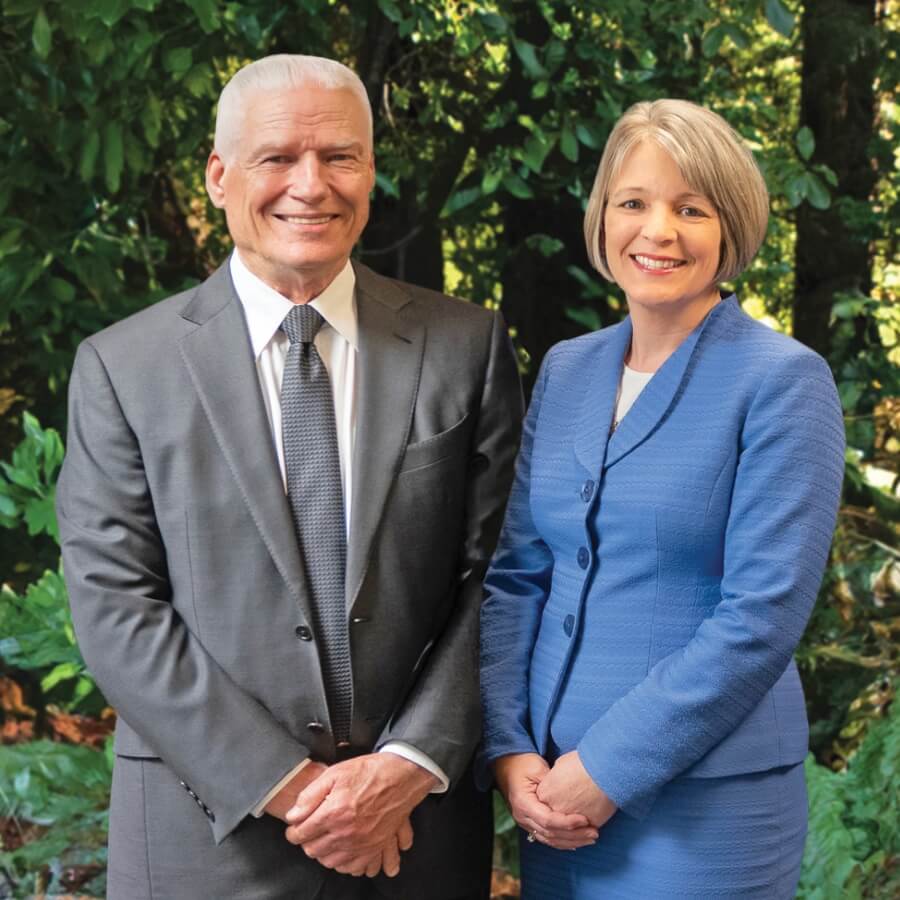
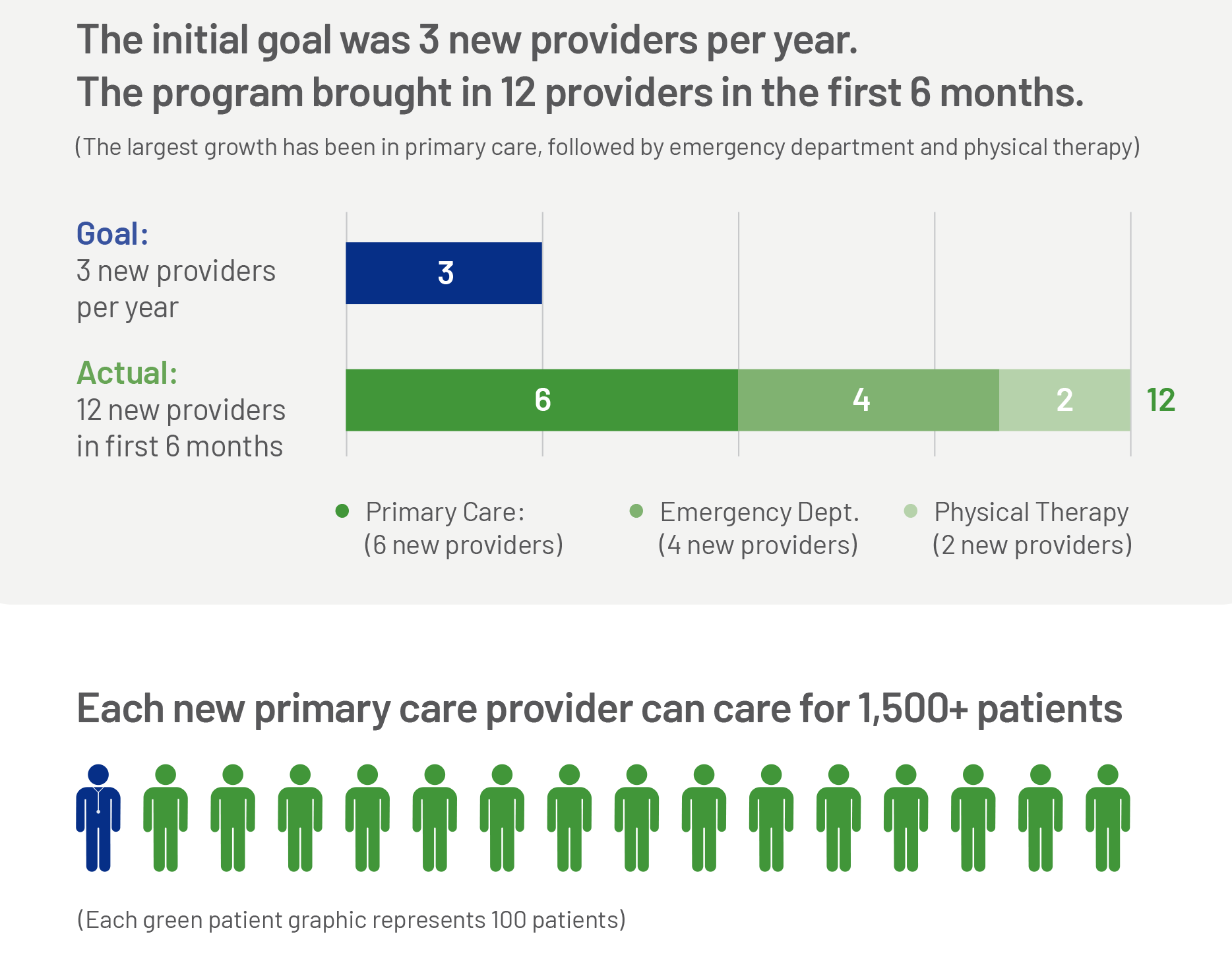







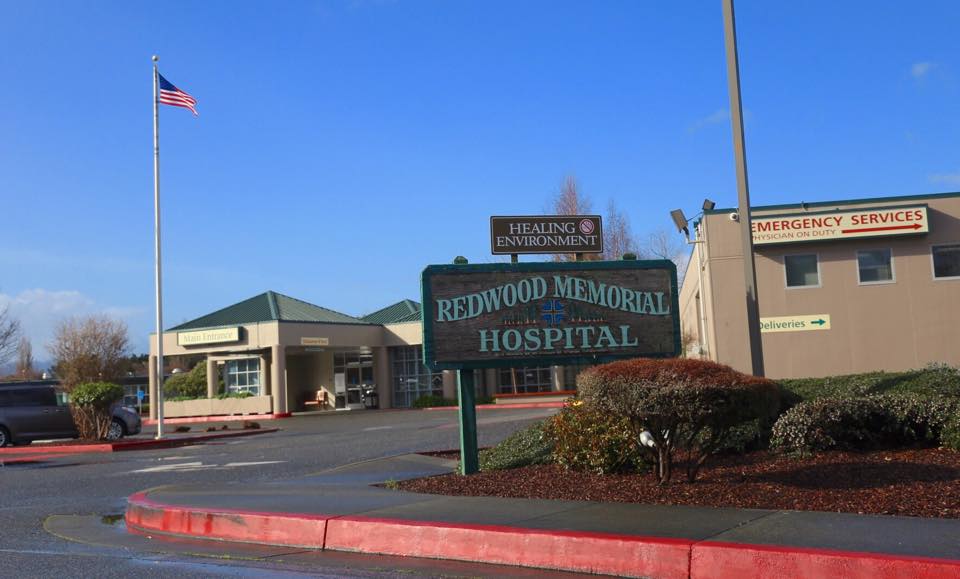
Share